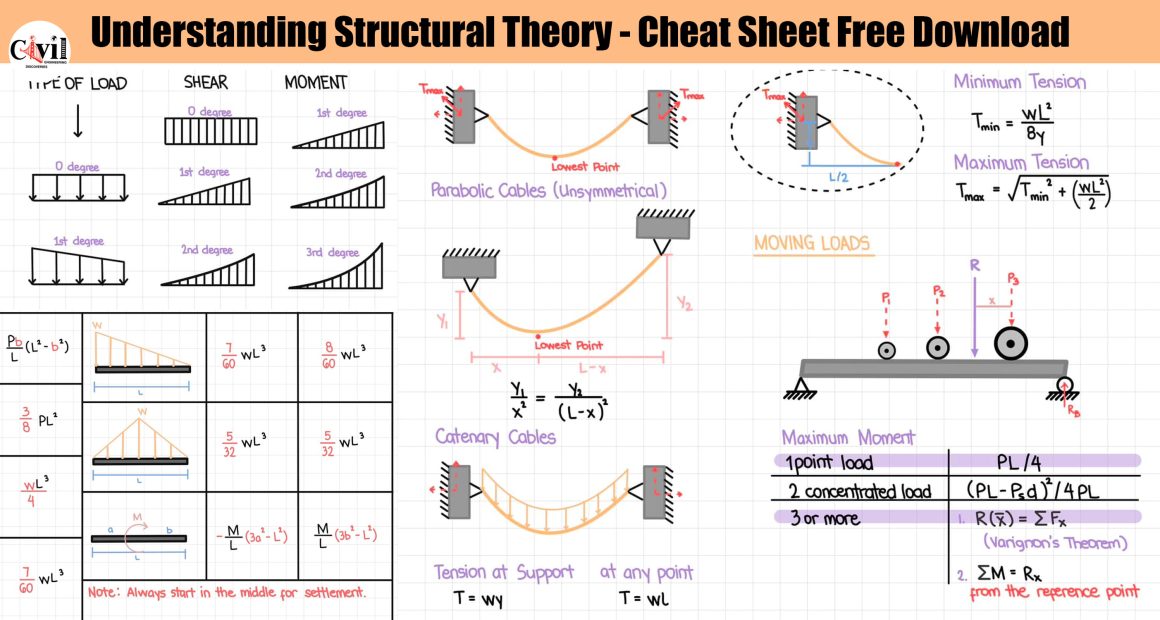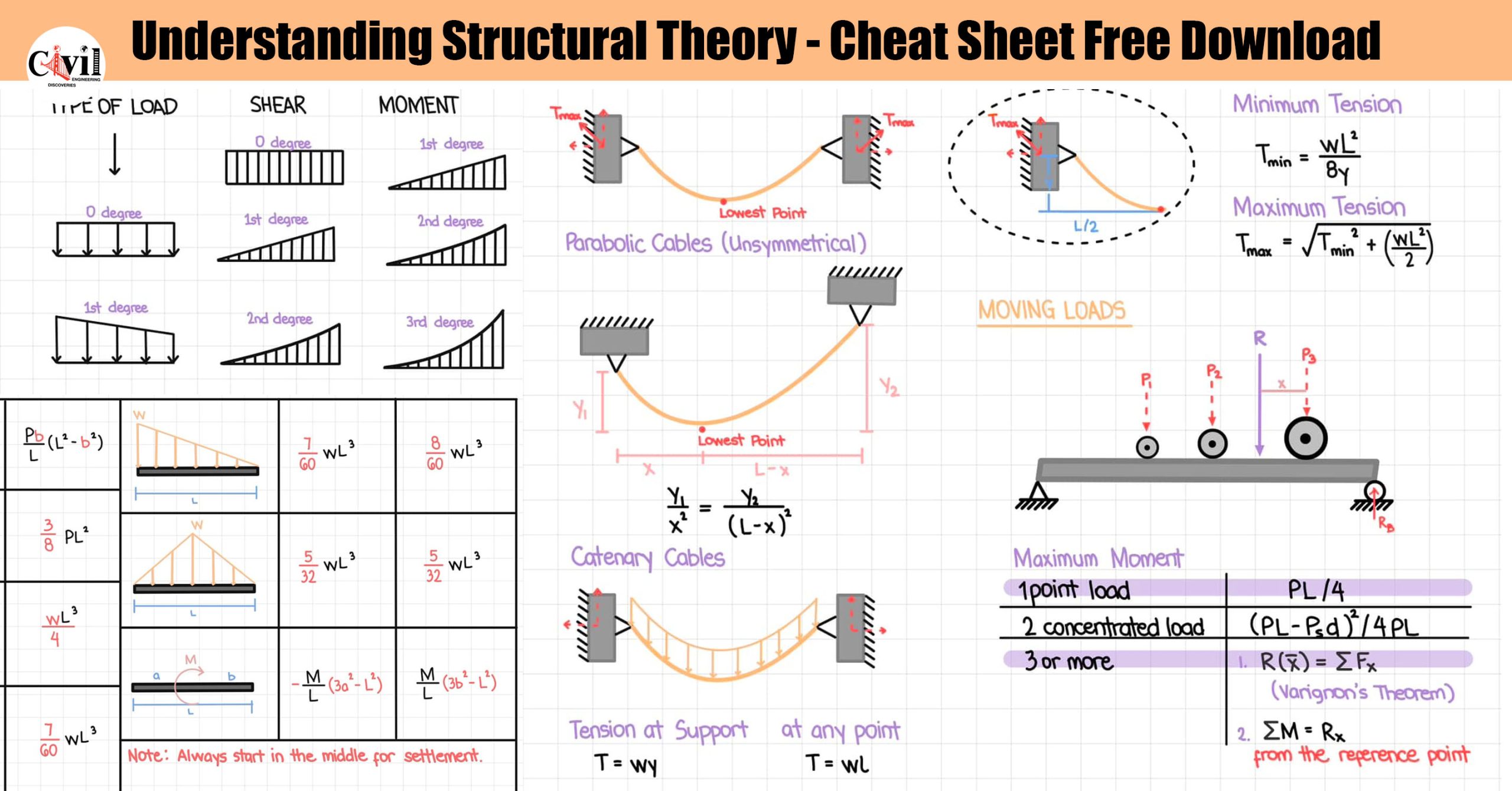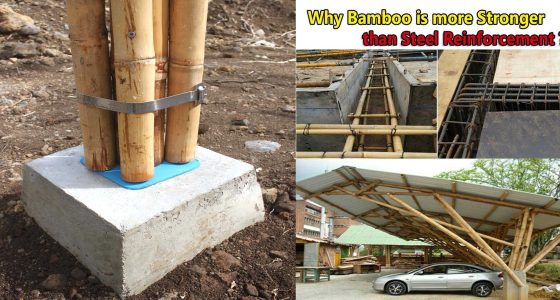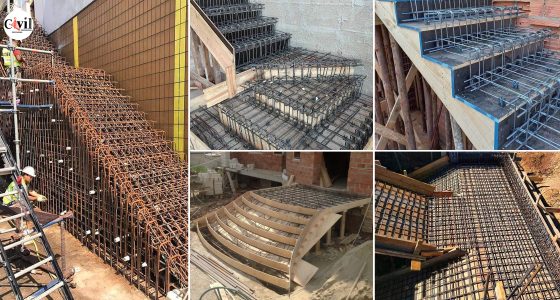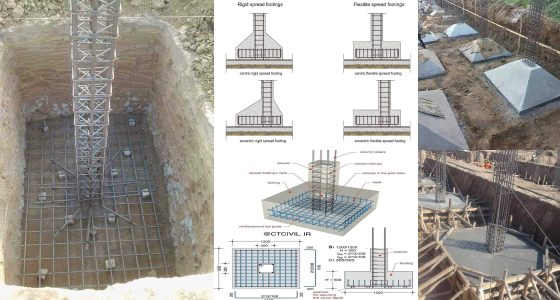What Is Structural Theory?
Structural theory is the foundation of civil and structural engineering. It involves analyzing and understanding how different structures bear loads, resist forces, and remain stable. Engineers use this discipline to design safe and efficient buildings, bridges, and other infrastructures.
Key Concepts of Structural Theory
1. Load Analysis
Load analysis focuses on understanding the forces a structure must withstand. These include:
- Dead Loads: Permanent loads such as the building’s weight
- Live Loads: Temporary loads, including occupants and furniture
- Environmental Loads: Wind, snow, and seismic activities
2. Stress and Strain Relationships
Understanding the relationship between stress (force per unit area) and strain (deformation) is vital. This concept helps engineers determine the strength and flexibility of materials used in construction.
3. Structural Equilibrium
A structure is in equilibrium when all forces and moments are balanced. Engineers ensure that structures meet these criteria to maintain stability under varying conditions.
4. Material Properties
Selecting the right materials is essential for safe and durable structures. Key material properties include:
- Tensile Strength: Resistance to being pulled apart
- Compressive Strength: Resistance to being crushed
- Elasticity: Ability to return to the original shape after deformation
5. Beam and Column Design
Beams and columns are critical load-bearing elements. Beams transfer loads horizontally, while columns support vertical loads. Proper design ensures that these elements can handle stress and maintain the structure’s integrity.
Importance of Structural Theory in Engineering
Structural theory is essential for the following reasons:
- Safety: Ensures buildings withstand environmental forces and human activities
- Efficiency: Optimizes material usage and design strategies
- Sustainability: Supports eco-friendly and cost-effective construction solutions
Modern Tools for Structural Analysis
Advanced software tools have revolutionized structural analysis. Programs like SAP2000, ETABS, and ANSYS allow engineers to simulate and test structures digitally. These tools improve accuracy and reduce project timelines.
Applications of Structural Theory
Structural theory is applied in various fields, including:
- Building Construction: From skyscrapers to residential homes
- Bridge Design: Ensuring load-bearing and aerodynamic stability
- Seismic Engineering: Designing earthquake-resistant structures
- Aerospace Engineering: Developing strong yet lightweight aircraft structures
Click Here To Download Understanding Structural Theory – Cheat Sheet Free Download
